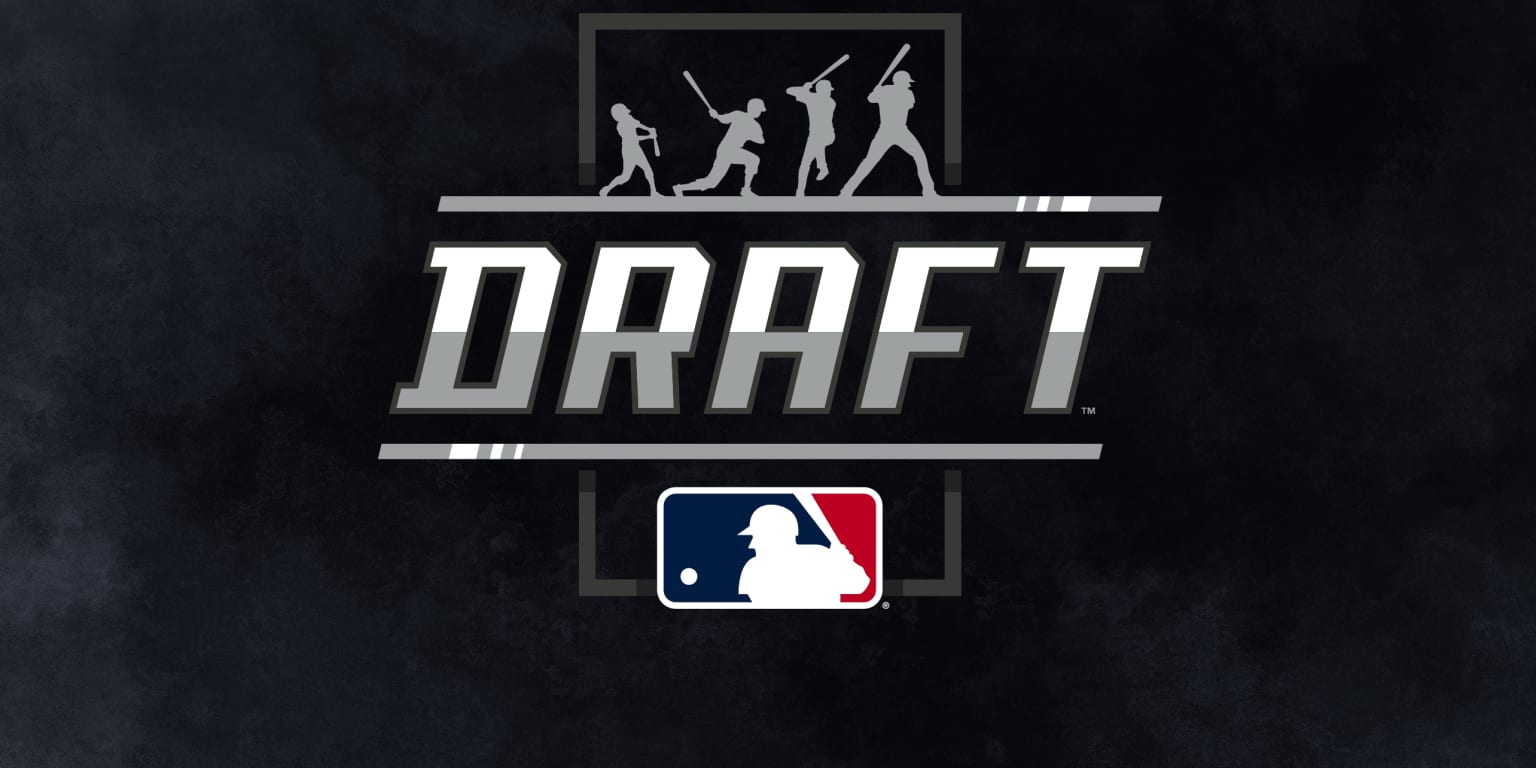
While there are 12 teams continuing on to the postseason to compete for a World Series title, the other 18 organizations are looking to the future, including where they might pick in the 2023 Draft.
In the past, at the conclusion of the regular season, a rough pass at the first-round order was possible based on the reverse order of the standings. But thanks to the newest Collective Bargaining Agreement, there’s a new wrinkle in play when it comes to the Draft.
For the first time, the order of the top six Draft picks will be determined by lottery instead of simply being the reverse order of the previous year’s standings, with the lottery expected to take place at the Winter Meetings in San Diego in early December.
The teams with the three worst records in 2022 -- the Nationals, A’s and Pirates -- have the best chance (16.5 percent each) to get the No. 1 overall pick via the lottery, though all 18 non-playoff teams will have the chance to land it. The other teams will have declining percentages in reverse order of their records, down to 0.23 percent for the non-playoff club with the highest winning percentage.
As in previous years, any tie in regular-season record is broken by the record in the previous year, continuing with each subsequent prior year's record until the tie is broken.
Draft lottery odds for No. 1 pick
1. Nationals (55-107), 16.5 pct
2. A’s (60-102), 16.5
3. Pirates (62-100), 16.5
4. Reds (62-100), 13.25
5. Royals (65-97), 10.0
6. Tigers (66-96), 7.50
7. Rangers (68-94), 5.50
8. Rockies (68-94), 3.90
9. Marlins (69-93), 2.70
10. Angels (73-89), 1.80
11. D-backs (74-88), 1.40
12. Cubs (74-88), 1.10
13. Twins (78-84), 0.90
14. Red Sox (78-84), 0.76
15. White Sox (81-81), 0.62
16. Giants (81-81), 0.48
17. Orioles (83-79), 0.36
18. Brewers (86-76), 0.23
Teams that receive revenue-sharing payouts can't receive a lottery pick for more than two years in a row and those that don't get revenue-sharing payments can't get a top-six choice in consecutive Drafts. Furthermore, a club that's ineligible for the lottery can't select higher than 10th overall.
The Draft will remain at 20 rounds, and after the first round, the non-postseason teams will choose in reverse order of winning percentage. In all 20 rounds, the playoff clubs will choose in reverse order of their postseason finish (Wild Card losers, Division Series losers, Championship Series loser, World Series loser, World Series winner). Within each of those playoff groups, teams will be sorted by revenue-sharing status and then reverse order of winning percentage.
With six picks, MLB's lottery extends deeper than that of any major U.S. sports league. The NBA's first four choices and the NHL's top two are subject to a lottery, while the NFL has none.
If the Nationals do get the No. 1 pick, it will be the first time they had the first selection since they took Bryce Harper in 2010, a year after they also took Stephen Strasburg 1-1. The A’s, with the second-best odds to win the lottery, last had the No. 1 pick way back in 1965, when they took Rick Monday as the very first Draft selection in Major League history. The Pirates took Henry Davis No. 1 overall in the 2021 Draft. The Reds have never picked first, picking No. 2 recently, in both 2016 (Nick Senzel) and 2017 (Hunter Greene). Rounding out the top five in terms of lottery odds, the Royals have only picked 1-1 once in franchise history, taking Luke Hochevar in 2006, but they have picked No. 2 three times, most recently when they got Bobby Witt Jr. in 2019.
It’s way too early to know who will be the top pick in 2023, but MLB Pipeline recently put Indiana prep outfielder Max Clark atop its high school prospects list and Louisiana State outfielder Dylan Crews at No. 1 on the college list. Much will change between now and the Draft next July, set to take place in Seattle, the site of the 2023 All-Star Game.
Bagikan Berita Ini














0 Response to "2023 MLB Draft lottery odds - MLB.com"
Post a Comment